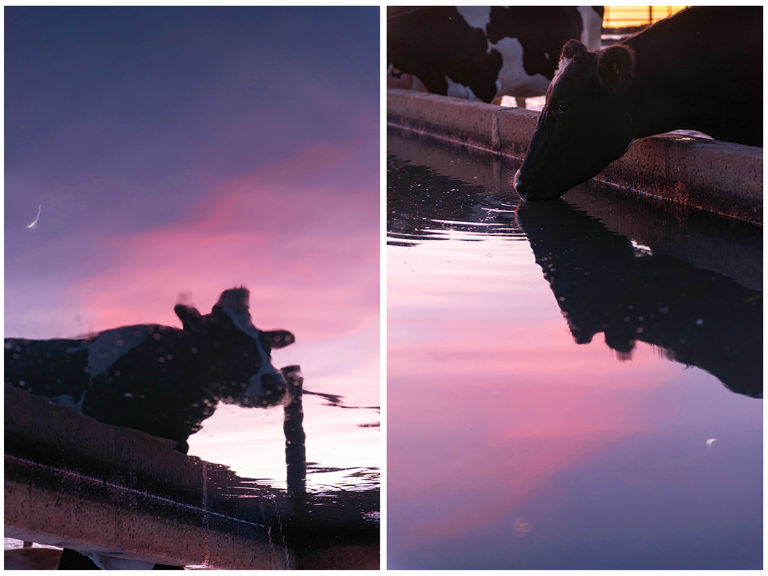Project Detail: To All the Bobbies Out There
Contest:
Reportage and Documentary 2020
Brand:
LuganoPhotoDays
Author:
Karoliina Kase
Project Info
To All the Bobbies Out There
In 2019, I moved from Estonia to Australia on a Working Holiday Visa. Backpackers often work in agriculture and I found my first job on a dairy farm. On the job, I was confronted with the realities of dairy production and the inherent abuse of animals in the system. I also learned how wasteful the industry is and how workers are often exploited. To All the Bobbies Out There is a documentary project about dairy farming, focusing on animals as well as environmental and socioeconomic issues.
In 2019, I moved from Estonia to Australia on a Working Holiday Visa for a new start in my life. In order to extend our stay in the country, backpackers have to meet regional work requirements, which usually entails 3 months of work on a farm. I found my first full time job on a dairy farm as a farm hand.
I felt uneasy before starting work on the dairy farm due to my concerns about animal welfare. By that time, I had given up meat, but my previous exposure to small scale farming led me to believe that dairy production was not bad. Yet I was not prepared for what I was about to witness on a commercial dairy farm.
Throughout the three months I worked on the farm, I realised how animal abuse is an inherent part of dairy farming. On all dairy farms, cows have to be impregnated in order to produce milk. Female animals are impregnated almost yearly and the selective breeding of the modern dairy cow takes its toll on the animal. Even though cows can live up to 20 years, most dairy cows are sent to the slaughterhouse at around age 6. Since the milk intended for the calf is consumed by humans, young animals are taken away from their mothers as early as right after birth, which causes tremendous distress to the cow as well as the calf. While female calves are reared for future dairy production, male or bobby calves are mostly sent to the slaughterhouse as they are a waste product for the industry. Besides what is considered normal in the dairy production, I witnessed numerous accounts of neglect and abuse on the farm–cows physically abused, sick animals treated wrongly or not treated at all, inexperienced workers causing animal deaths, and disabled animals left to perish. Still, more experienced workers assured me that this farm was good with animal welfare.
Working on a dairy farm and washing tens of thousands of litres of water down the drain every day, just to clean up the yard after milking, made me realise how harmful the dairy industry is to the environment. Receiving wages below the legal minimum and witnessing how workers’ rights were violated, I learned how animal agriculture not only exploits animals, but oftentimes even people.
Even though my initial reaction after working my first day on the farm was to leave, I decided to stay and document life on an average dairy farm. While the focus of this project is on animals, I also consider environmental and socioeconomic issues.
The farm manager gave me permission to photograph on the property.
















